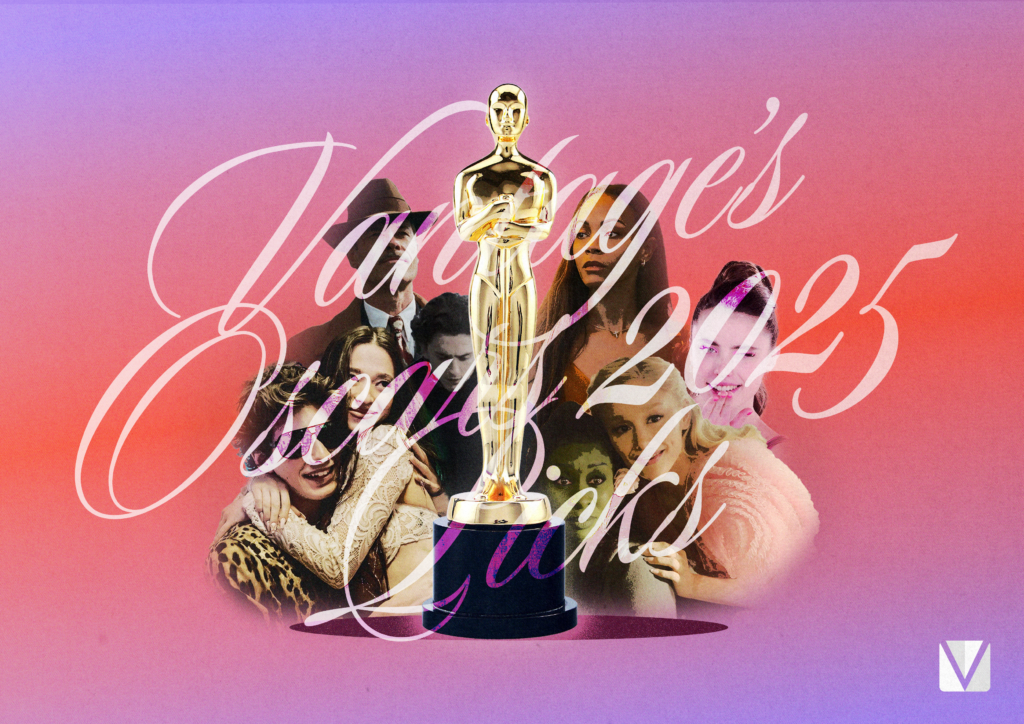IN 1985, award-winning director Lino Brocka was arrested on sedition charges. This was not the first time a filmmaker was harassed by state security forces. Philippine media under the Marcos regime was censored and repressed, causing the country’s creatives to use film as a tool of resistance. The result of then-President Ferdinand Marcos’ crackdown on media was a renaissance in Philippine cinema.
Directors like Brocka and his contemporaries like Mike De Leon, Behn Cervantes, and Ishmael Bernal are now icons of Filipino film for exposing the harsh realities of life under the tyranny of fellow Filipinos. During a time when it was considered treason to portray such realities, their works courageously depict the oppression of the common man by the patriarchy, the elites, and military rule.
Sakada (1976)

The film opens at the close of one man’s life, causing two families—the landed Montemayors and the working del Mundos—to unravel at the seams. Sakada, directed by Behn Cervantes, contrasts the greens of lush golf courses to the blistering sugar fields—pondering on the pleasures and pains of life on the haciendas. Continued abuses against the sakadas (migrant farm workers) at the hands of local elites soon reach a fever pitch as they fail to compromise.
Events in the film closely mirrored events on Negros, including strikes, food shortages, and killings, making it a target of the censors. Marcos ordered the seizure of all copies and Cervantes’ arrest after three weeks in theaters.
Sakada was Cervantes’ first foray into cinema and it shows through the rough but truthful presentation of the hacienda system. Though this movie is not objectively the best on this list, it remains among the most relevant from the Marcos era as it lays bare the last vestiges of our feudal past.
Insiang (1976)

Insiang is a classic tale of a miserable woman who is followed by a cloud of misfortune until she exacts revenge and wreaks havoc on those around her in the slums of Tondo.
The film centers on a never-ending cycle of betrayal and revenge, painted in blood. Its opening sequence is set in a slaughterhouse as we witness pigs being cut open. This is said to be both preparation for the violent imagery seen in the rest of the film and symbolism of the events of Martial Law.
At the time of its release, the film was banned from showing due to its gritty themes and lack of portrayal of the beautiful sides of Manila. Although the plot does not focus on a specific political message, it powerfully shows the suffocating living conditions of those in urban slums despite being set during the supposed “Golden Age” of the Marcos regime.
Manila by Night (1980)

Manila by Night follows the stories of young individuals spread across the Philippines’ urban capital. The film appears disjointed at first as it portrays the lives and struggles of different characters all at once, but towards the conclusion, each characters’ experiences start to affect each other through a domino effect. Their stories overlap and connect in one messy tapestry we call Manila.
Despite being filmed decades ago, the film still mirrors the city we live in today. The movie offers an unfiltered view of the city life through its portrayal of drugs, human trafficking, infidelity, and the like. Its sultry vibes are accompanied by a sleazy electric guitar-heavy score and the vibrant colors of the capital.
It was a bold statement at the time of its release with its blatantly queer themes, numerous sex scenes and depiction of an ugly side to the city. For this reason, former first lady Imelda Marcos had the film banned from screening and eventually, heavily censored by cutting out all mentions of Manila.
Sister Stella L. (1984)

Sister Stella L. (the eponymous nun) finds herself at a crisis of faith, questioning her place in society. She soon finds it with another nun, also named Sister Stella, as they bolster the lines of a labor strike to defend workers threatened with force by police and vigilante forces.
The film portrays the frustration of workers alongside the evolving role of women in society. It reflected public discontent in the 1980s and foreshadowed the role of the clergy in the restoration of democracy two years later.
The 1984 production was released after Martial law was lifted in 1981, but the heavy hand of dictatorship still loomed overhead with the continued arrests of many dissenting figures. Surprisingly, Marcos himself allowed the film’s showing despite its rebellious tones. The movie was also a contender at the Venice Film Festival and is now hailed as a classic. Sister Stella L., though grim about its present, remains hopeful about a future defined by social action—by Filipinos and for Filipinos.
Film is a form of activism. It was then, and it always will be. In the time where cinema was heavily censored and monitored, filmmakers used the medium as a form of self-expression to fight against the oppressive regime.
In this current age, we continue the fight for freedom of speech, and the same oppressors are still in power. It’s our responsibility to not let these filmmakers’ legacy be in vain and stay aware.
We must use the freedom we’ve gained over the EDSA Revolution in order to ensure that history does not repeat itself.






